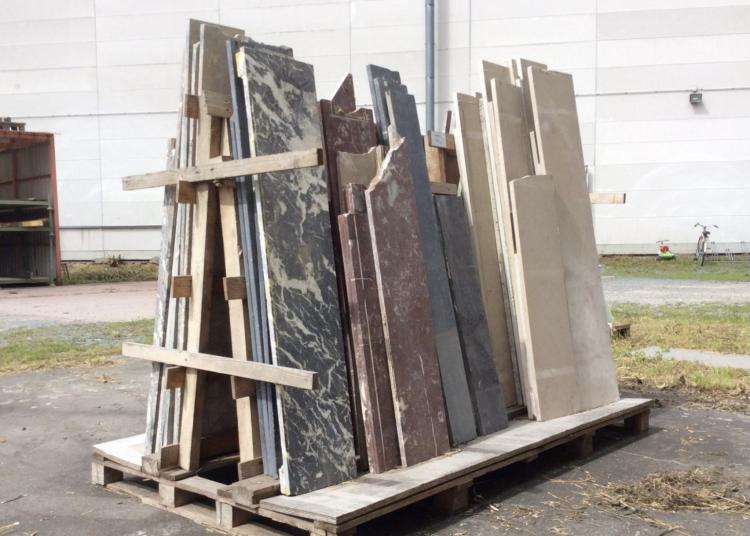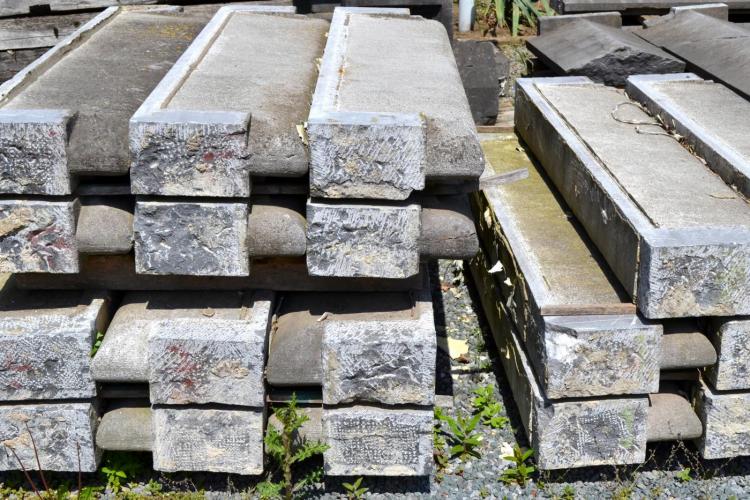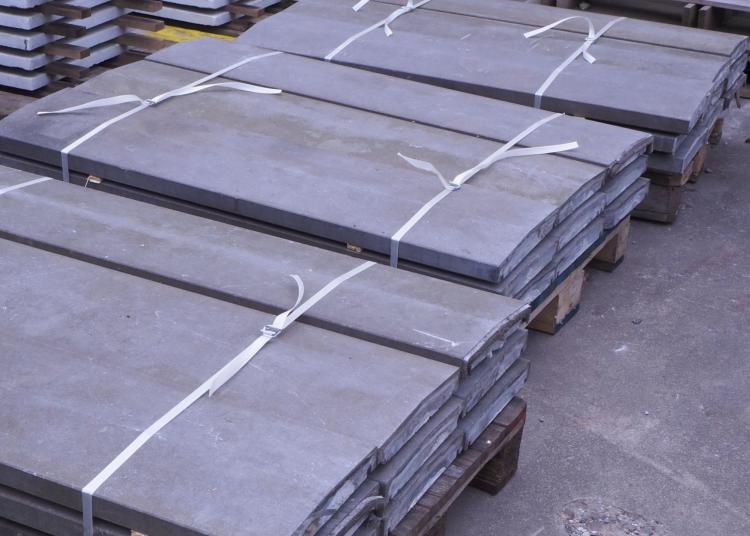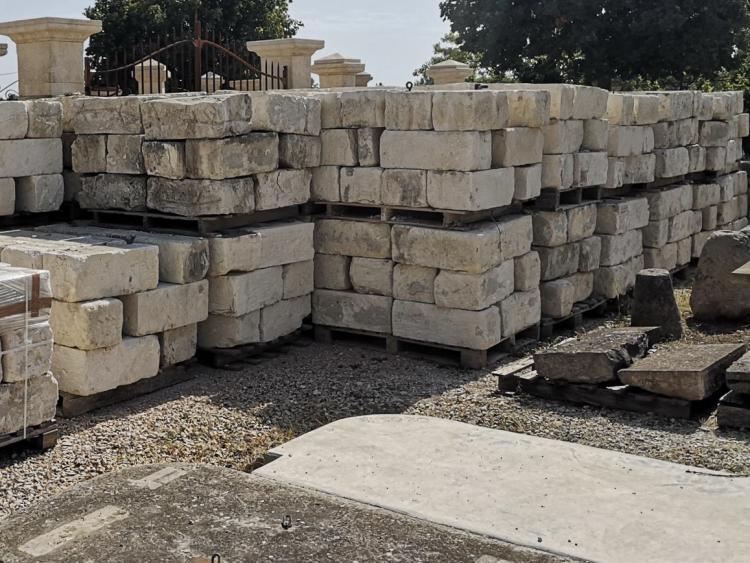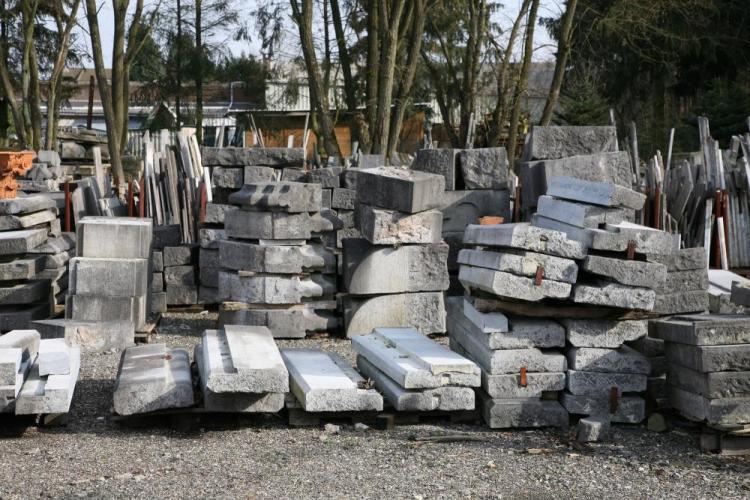Natural stone elements
This category groups natural stone elements that have a specific shape, cut or sawn from stone, to fulfil a particular function, such as sills, tablets, wall copings and quarry stones. Here we mainly group the elements that are placed in the wall structure or building envelope of buildings, but also less common products such as natural stone basins or façade decoration. For other elements made of natural stone, such as coping stones, floors or wall plates, see “Landscaping and paving” and “Interior finishings”.
Stone elements have good properties for reuse: they are usually very strong, have a nice finish and can be worked in different ways according to their new application (slight resizing, surface treatments, etc.). They also sometimes have a relatively neutral shape, which means they can be reused for different applications.
These elements can often be found at dealers specialising in natural stone, but sometimes also at demolition contractors. The offer is not the same everywhere and often reflects historical, regional characteristics (blue stone in Belgium, Burgundy stone in France, gritstone in the UK, etc.).






